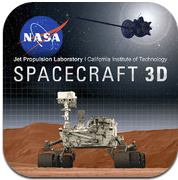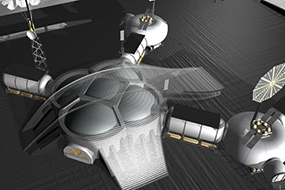NASA has been at the forefront of technology and research for decades now, and besides working on awe inspiring space missions, the organization is also keen on sharing their findings for educational purposes and explaining complex issues for a new generation of tech enthusiasts and engineers. Tom Soderstrom, the IT Chief Technology Officer at NASA Jet Propulsion Laboratory (JPL), shared some of his thoughts on the fast developing areas of technology at the recent Premier 100 conference and looked ahead to how these developments can and will be utilised in the future.

Soderstrom is spending a great deal of his time at schools educating students about the work NASA is conducting, in particular at JPL. One of their latest app developments included the Spacecraft 3D, which allows you to see what different spacecraft look like in 3D and play around with different angles utilising the augmented reality technology. This app works much like many other 3D apps, whereby you point your smartphone camera at a card that contains the information of the object that will be superimposed on your display as a 3D image.

As for Soderstrom, much of his well-placed attention is focused on getting young people exited about these fast-developing technologies. “Both augmented reality and 3D printing could be effective in education settings. Students could learn how tools and devices look and feel and how to design them with software,” he said.



